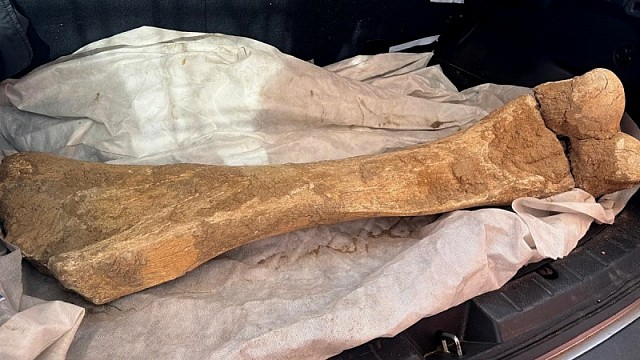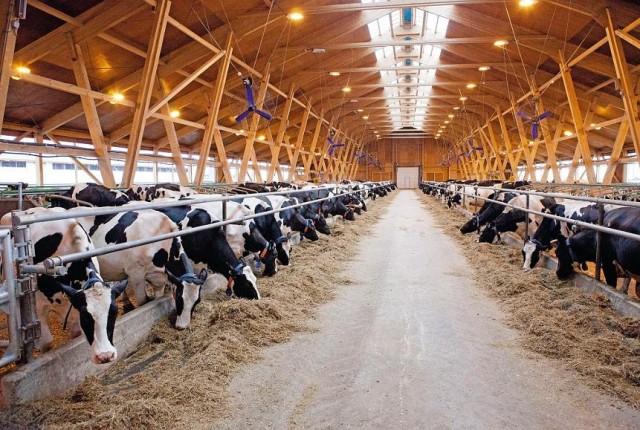
Central Asia’s biodiversity conservation was discussed at an
international forum in Almaty. Experts from UNDP, UNESCO, FAO, and scientists
from across the region and abroad gathered to find ways to stop land
degradation and protect rare species of flora and fauna. Environmentalists are
concerned about the reduction of water resources and desertification. For
example, in Kazakhstan, forests cover only 5% of the land. Scientists believe
that wild trees, such as the Sievers apple tree, can help address this issue.
These trees can grow in arid conditions and help curb desertification.
«To date, 50-60% of the reserve, home to natural populations
of apple trees, is undergoing active restoration. Laboratories have been
established to propagate Sievers apple trees and produce seedlings with closed
root systems,» said Timur Turdiyev, leading researcher at the Institute of
Plant Biology and Biotechnology.
Notably, there are successful examples of biodiversity
conservation. In Kazakhstan, the snow leopard population has doubled, and the
number of saigas has also increased. This progress is attributed to the
creation of new nature reserves. Additionally, scientists were introduced to
the Sigma mobile complex, which will assist in combating forest fires. Powered
by artificial intelligence, it can predict fire spread and help take necessary
preventive measures.









